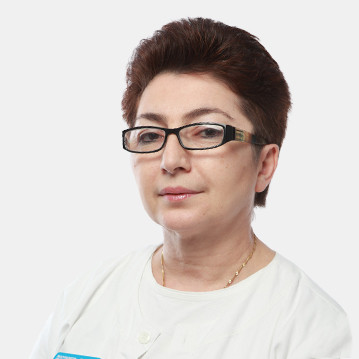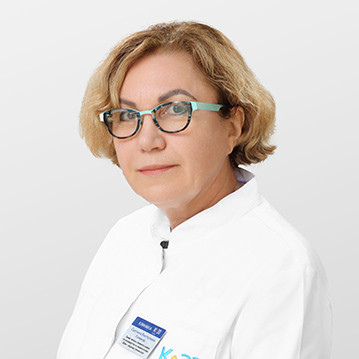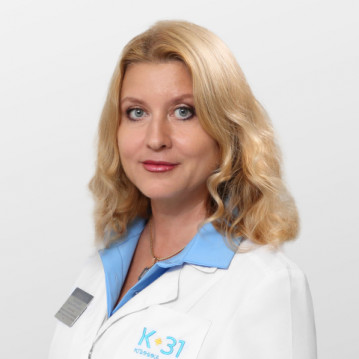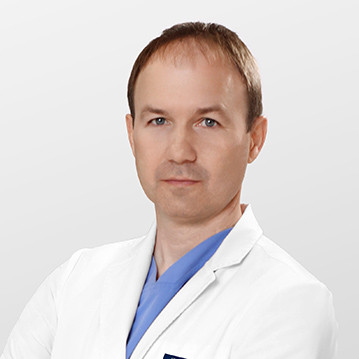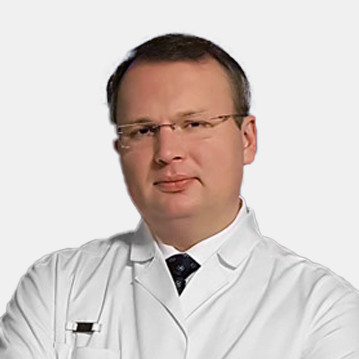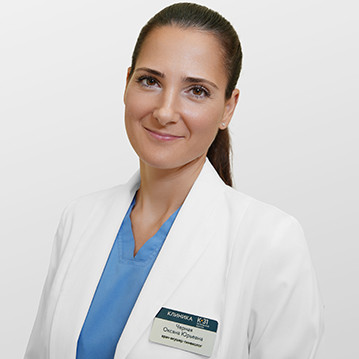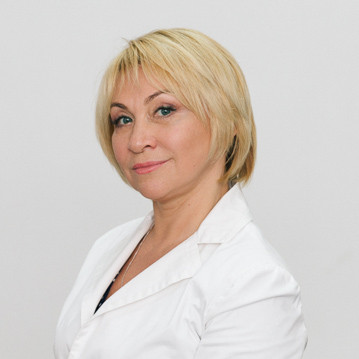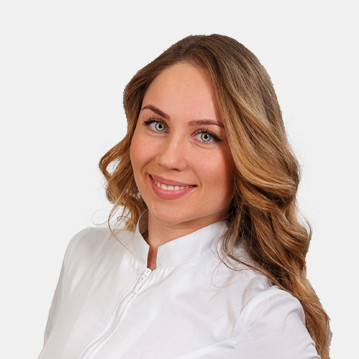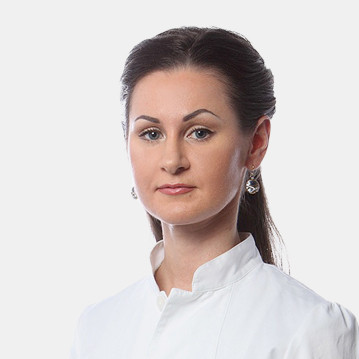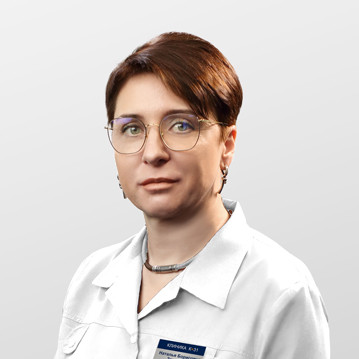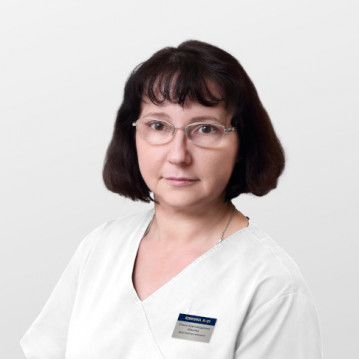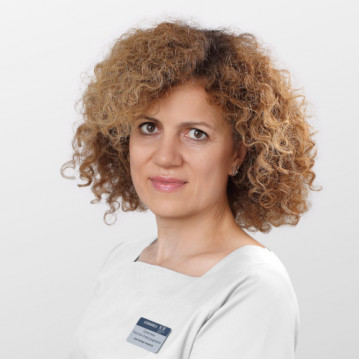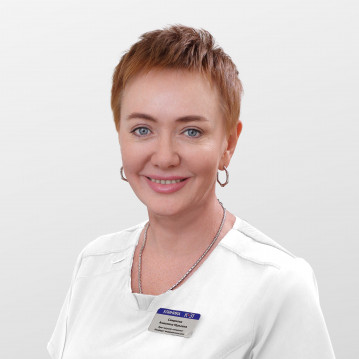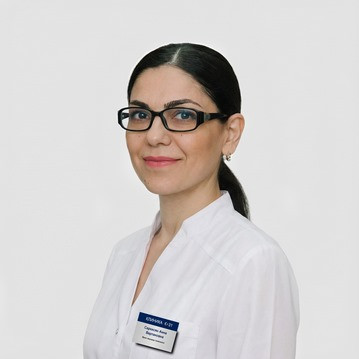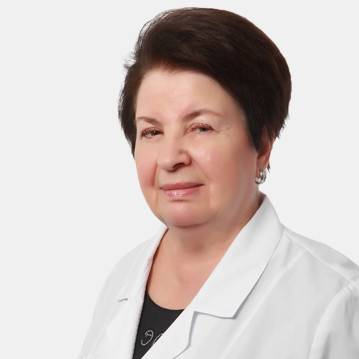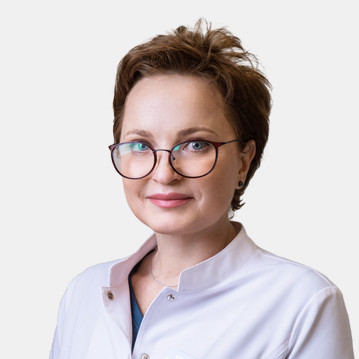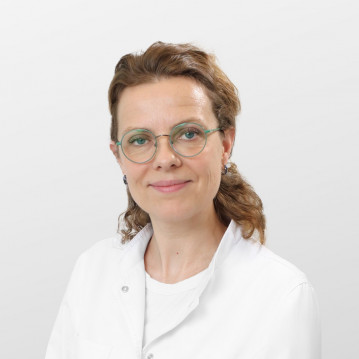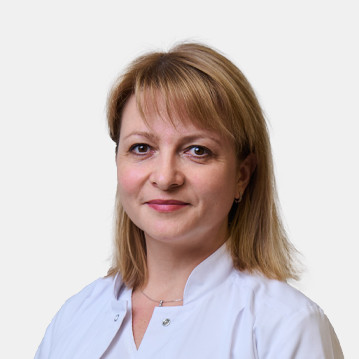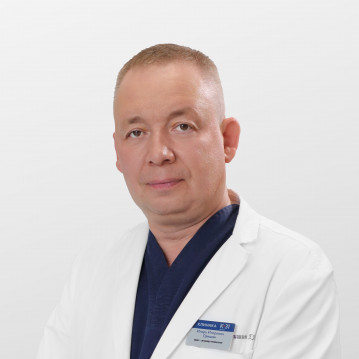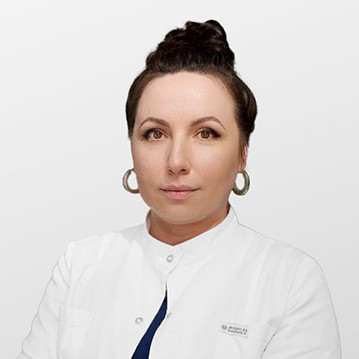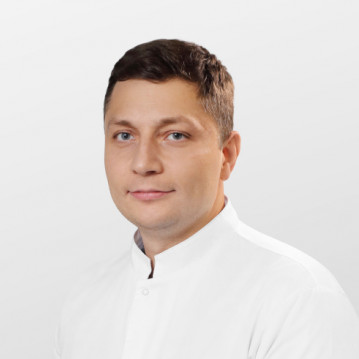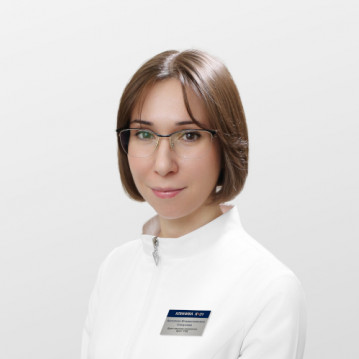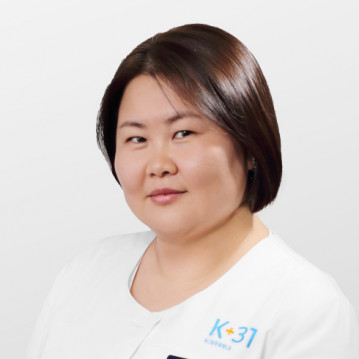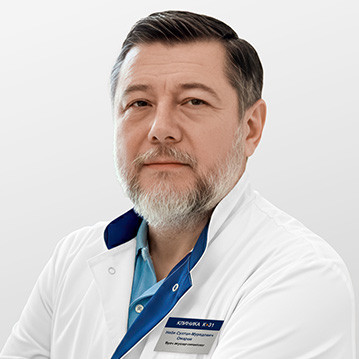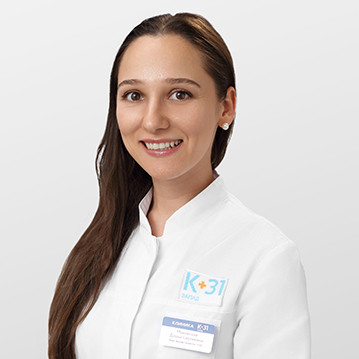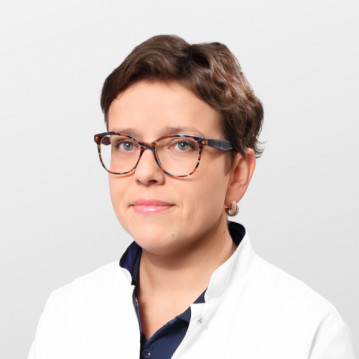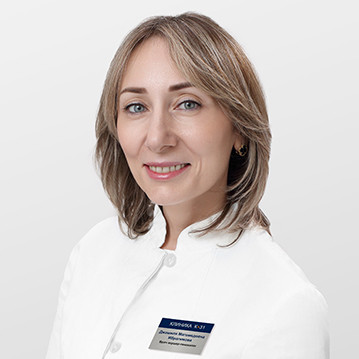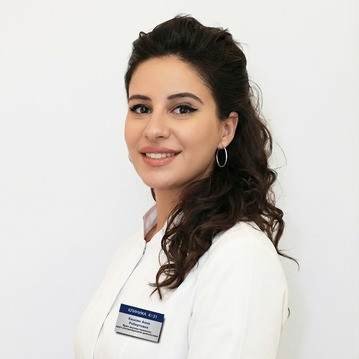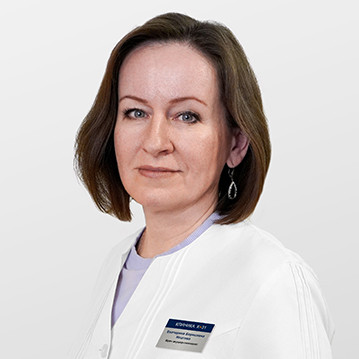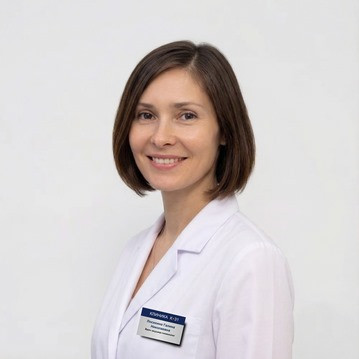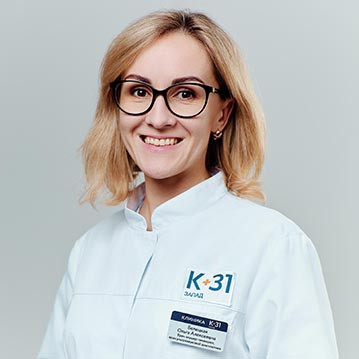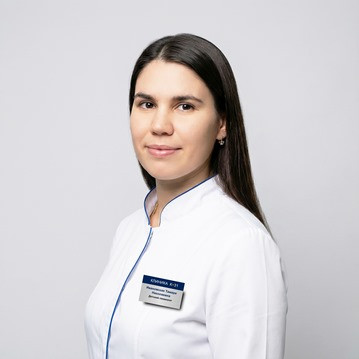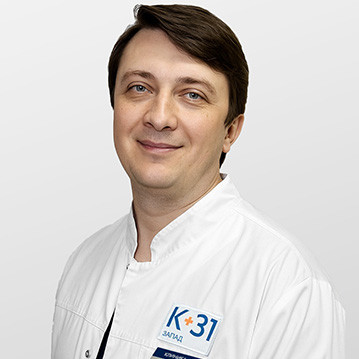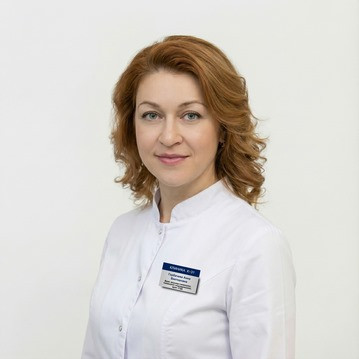Cysts of the pelvic organs

specialists

equipment

treatment

About the service
In cases where cyst removal is required, surgical treatment is performed by laparoscopy. This is a type of modern minimally invasive surgery. To perform the operation, minor punctures are made on the body, through which the surgical equipment is inserted.
Features of laparoscopy:
- No scars after surgery.
- Minimal injury.
- Speed of execution (15-20 minutes).
- Fast rehabilitation process.
- Minimum risk of complications.
Laparoscopy may be ordered along with a biopsy. The patient not only removes the cyst, but also takes part of the living tissue of the cyst or tumor for laboratory testing. This allows you to accurately determine whether the disease is oncological.
We are talking about cysts in the ovaries. The formations are classified as benign. The cyst looks like a separately formed capsule with dense walls, the contents of which are filled with fluid. As medical practice shows, most often ovarian cysts are diagnosed by chance - during a routine examination or directly in moment of surgical treatment.
What is the nature of the pathology?
Neoplasms are formed in the area of the follicle, which, after maturation, did not descend into the Eustachian tube and attached itself to the surface of the ovary. Over time, the cyst can grow in size and close the exit from the ovary. This is how functional infertility develops in a woman.
Causes and symptoms
The main cause of ovarian cysts is a hormonal imbalance in the female body. And numerous factors can provoke it: long-term use of oral contraceptives, chronic stress, abortion, the onset of menopause, operations performed on the female genital organs, unbalanced nutrition with a predominance of foods that contain foreign estrogen.
The main symptoms of neoplasms in the pelvic organs are associated with menstrual irregularities. That is why patients do not always complain to a gynecologist and accidentally find out about the cyst at the time of ultrasound or computed tomography.
Typical signs of cysts in the ovaries:

Appointment to the doctor
How are ovarian cysts diagnosed?
A gynecologist can already suspect the presence of neoplasms based on the general complaints of the patient and during examination, when pain in the lower abdomen is felt. The cyst provokes an increase in the size of the ovary due to the constant swelling of the soft tissues. A woman may not notice, but the lower abdomen is enlarged and asymmetric, which the specialist immediately draws attention to.
The most informative method for detecting cysts is ultrasound. This diagnostic method allows you to determine the number and size of cysts. Since they grow slowly, regular ultrasound examinations allow you to monitor their development in dynamics.
If necessary, the doctor can additionally send for an MRI of the pelvic organs. Thanks to contrasting, it is possible to determine the exact location of the cyst and the features of its structure.
How dangerous are cysts?
A cyst is not a direct indication for surgery. Cysts may shrink in size and resolve on their own over time. The method of treatment should be determined by the doctor, taking into account the type of neoplasm. To understand how dangerous cysts are, you need to understand their classification.
Functional or follicular. Formed due to excessive accumulation of fluid in the corpus luteum after ovulation. This type of cyst appears for a short time - an average of 3-4 months.
How to treat?
In most cases, the follicular cyst disappears on its own and does not require any treatment. Doctors recommend for several months to abandon the bath, intense sports training (especially strength) and reduce sexual activity.
Endometrioid. This type of cyst is formed as a complication against the background of another disease - ovarian endometriosis. Such a cyst, unlike a functional one, is filled not with liquid, but with blood. It is important to know that in 1% of cases, endometrioid cysts degenerate into malignant ones. Therefore, regular monitoring of the condition of the cyst is important.
Treatment is determined depending on the age of the patient, the general health of the reproductive organs. In some cases, hormonal therapy is prescribed, but most often this type of cyst is removed surgically.
Dermoid. This is a rare type of cyst, which is laid at the stage of embryonic development. The cells of the integumentary epithelium enter the ovary of the unborn child (fetus). Therefore, when studying dermoid cysts, hair, teeth, bone and cartilage tissue are found in them. In 2% of cases, the dermoid cyst becomes malignant.
The patient is shown surgical removal of the cyst.
Serous cystadenomas. According to external characteristics and density, they resemble follicular cysts. But papillary growths can often join them - directly inside the cyst machine. This type of formation often turns into a malignant tumor.
Treatment and prevention of pelvic cysts
Much depends on the state of health of the patient, the number and location of the cysts. The vast majority of cysts are of the follicular type. But this should confirm the examination of the pelvic organs.
If the cyst has already been detected, then the patient needs to visit a gynecologist for every 2-5 days of the menstrual cycle to perform an ultrasound scan. You need to monitor the cyst for 3-4 months - that is, strictly perform ultrasound examinations once a month. It is very important not to miss scheduled examinations in order to notice the growth of the neoplasm in time. If the cyst decreases in size with each examination, then the doctor concludes that the ovarian tumor has not been confirmed.
Prevention of cyst formation
It is important to observe the hygiene of intimate life. Sexually transmitted infections can also cause inflammation of the reproductive organs and further cyst formation.
Price
Make an appointment at a convenient time on the nearest date
Our doctors

This award is given to clinics with the highest ratings according to user ratings, a large number of requests from this site, and in the absence of critical violations.

This award is given to clinics with the highest ratings according to user ratings. It means that the place is known, loved, and definitely worth visiting.

The ProDoctors portal collected 500 thousand reviews, compiled a rating of doctors based on them and awarded the best. We are proud that our doctors are among those awarded.
